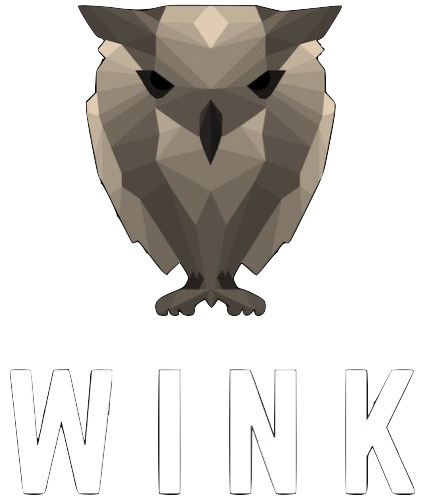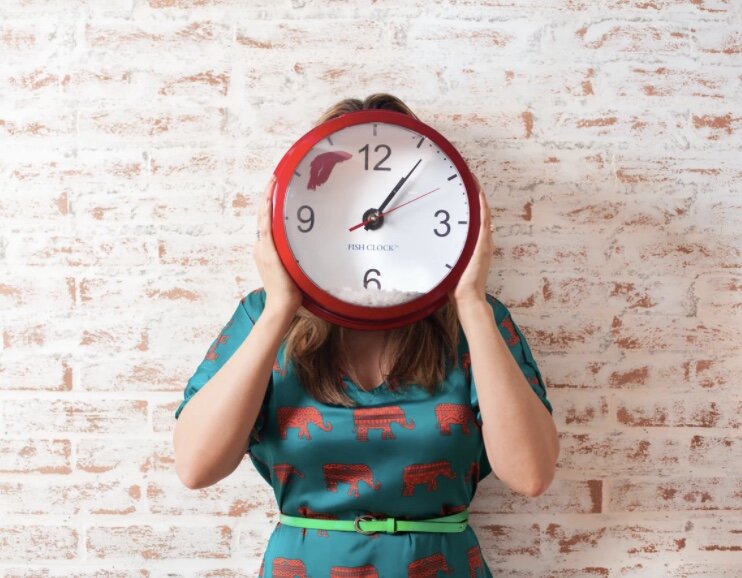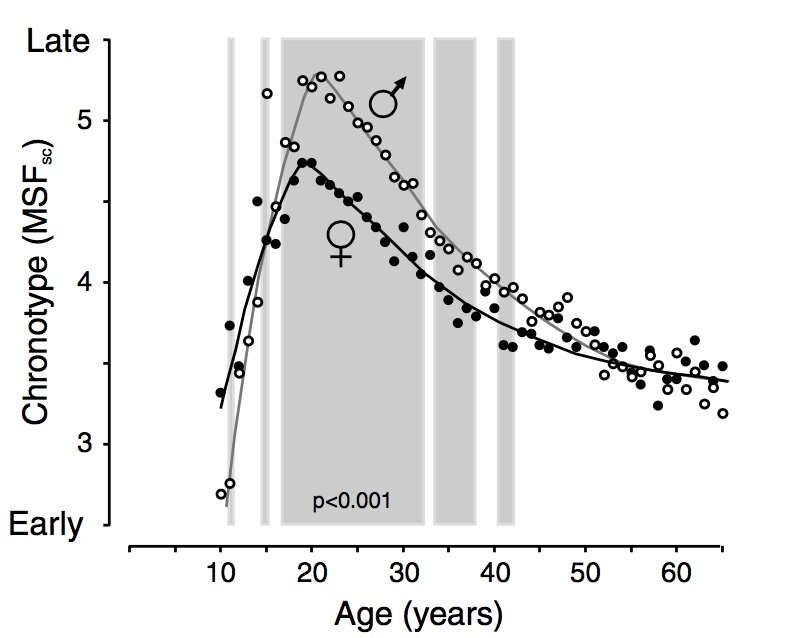#29 - Tick Tock - is it "Depression O'Clock"?
In 2006 I was developing a trial to improve teenagers’ sleep. At the time, there were only 2 other groups in the world that I knew who were doing something like this - one in Arizona (the late great Dick Bootzin) and one in California (Ronald Dahl - yes, the other great author).
I was one of those little fish swimming next to these whale-like researchers.
But at the outset I had to decide what questionnaires I was going to get the teenagers to complete before and after the treatment.
And one of those questionnaires was a measure of depression symptoms.
In the end, depression symptoms marginally improved after the sleep treatment - but - 6 months later when we measured these teens again, depression had improved!
How the Teens think Sleep and Depression are Connected?
After this trial I began interviewing the teens I was treating about why their mood improved after their sleep improved. Initially I thought this wasn’t helpful as their answers were all over the place. I had about half-a-dozen reasons for the connection between sleep and mood.
But being a scientist meant I was still keen to discover the connection …
Time?
We measure sleep as ‘time’ - how many minutes it took to fall asleep … how many hours we slept …. what time we fell asleep.
And so far in 2020, we’ve published two studies of the connection between sleep and depression - and the common denominator is time.
Chronotype
This is the new buzz word in sleep (even though it’s been around since the early 2000s). But so many people interpret it incorrectly. It’s not being a wolf or a dolphin, nor whether you prefer to take a gym class at 6:00 AM or 7:15 PM.
Chronotype is the mid-point of your sleep on nights when you’re free to sleep when you want.
Put another way, if it’s a weekend night and you have no obligations the next day, you may fall asleep at 12 midnight and wake at 8:00 AM. Therefore the mid-point of these times is 4:00 AM.
So yes - your chronotype is a time - (not an animal).
Professor Till Roenneberg from Munich coined this term - and published an outstanding paper that demonstrates how chronotype changes over adolescence and adulthood.
If you think about your sleep on weekends - what time is your chronotype?
For me, I fall asleep around 12 midnight and wake around 7:00 AM - so mine is 3:30 AM on the graph above.
…that makes me either 12 years old [which perfectly describes my maturity]
… or 52 [which perfectly describes my back and joints right now…].
Our recent review paper showed a clear pattern - that the later the chronotype, the more likely one experiences depression. You can read that 2020 review here.
All It Takes Is 30 Minutes
This week we published a study with my UK colleagues tracking almost 5,000 adolescents into their early adulthood years. When they were adults, some of them were diagnosed with depression (fortunately, most of them were not depressed).
Then - when looking back at their adolescent years - the difference between these 2 groups was that the depressed ones fell asleep 30 minutes later. And because school starts at the same time for all adolescents, this meant those students that eventually became depressed, only got 7.5 hours of sleep (compared to 8 hours for their non-depressed peers).
30 minutes! Think about that.
It sounds small when it happens on school nights in the teen years. But the impact later on is massive.
Depression is much harder to treat than it is to treat sleep …
At least there is a solution
Research usually occurs by finding out whether ‘A’ is linked to ‘B’ (eg, poor sleep leads to later depression) - and then studies find an effective treatment.
Accidentally, our research has been the other way around. We did the sleep trial, and are learning about the connections.
But at least we have a solution.
TEEN WINK is a manual that teaches both parents and health professionals how to treat teenagers’ sleep. It’s based on our original trial, but goes much more beyond that.
If you’ve subscribed to WINK, then you’re receiving this blog as an email - and it means you got this code below before anyone else - and you were able to use it within the 48-hour time limit - and you grabbed it for $49 instead of $249. That also means you didn’t have to pay over $300 to come to one of our workshops to learn this stuff. And in the coming months, we’re developing online videos to accompany TEEN WINK - and we’ll be sending the unique link to those who have purchased TEEN WINK.
If you missed out on this $200 saving, simply sign up to our newsletter at the bottom of any WINK webpage. We’ll have more deals - and much more content as each month passes.
Join like-minded professionals and receive $100s worth of value - including massive discounts on our products, online courses, WINK conferences, Live monthly Q&A sessions with sleep experts from around the globe, clinical case discussions with a senior clinical psychologist and much more! Your community is ready!





